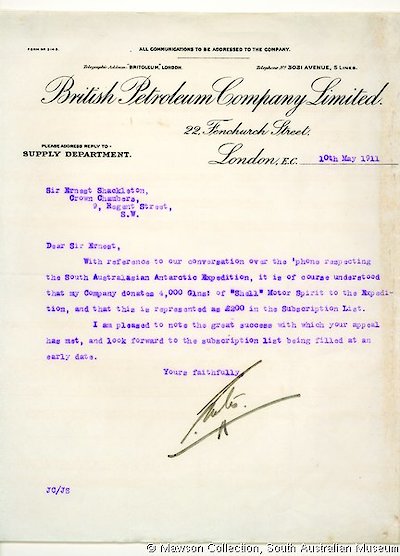In England
Backed by the AAAS committee, and racing the clock to complete his preparations in time for a December 1911 departure, Mawson left for England on 27 January, with a shopping list of a ship, dogs and other necessary equipment and money.
Australia’s richest families were congregating for the coronation of George V In London on 10 April, he read a paper on his project to the Royal Geographical Society, and got the support of Shackleton and others — including the acknowledged Antarctic authority Hugh Robert Mill, who praised Mawson’s expedition as ‘the special work for which he came into the world’.
In the home of Empire, Mawson adroitly adjusted his Australian patriotism. For the British audience he outlined how he wanted authority ‘to raise the Union Jack and take possession of this land for the British Empire’.

